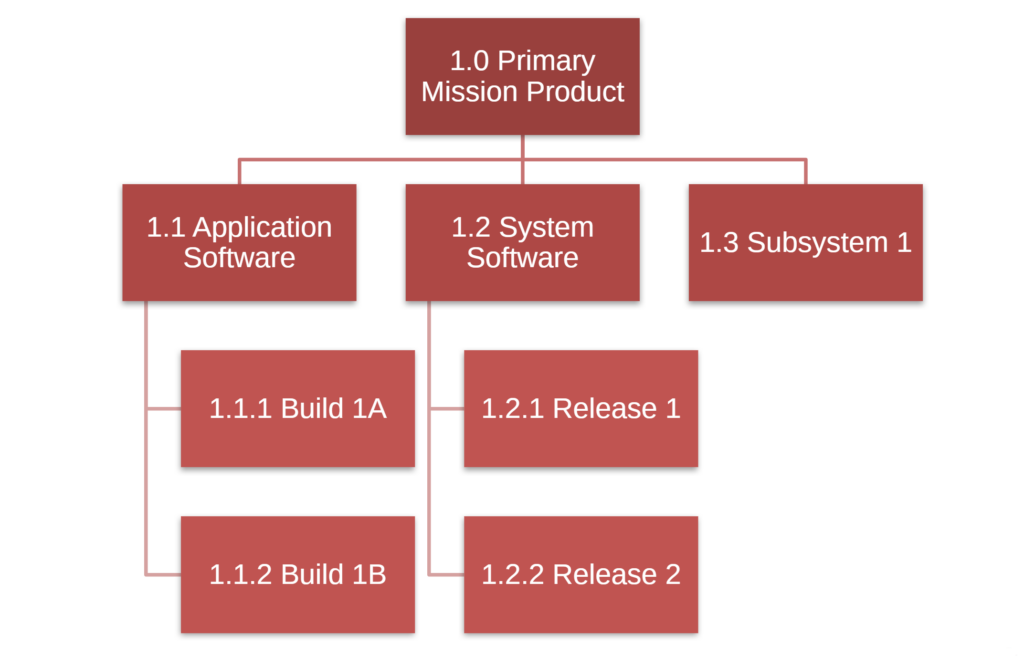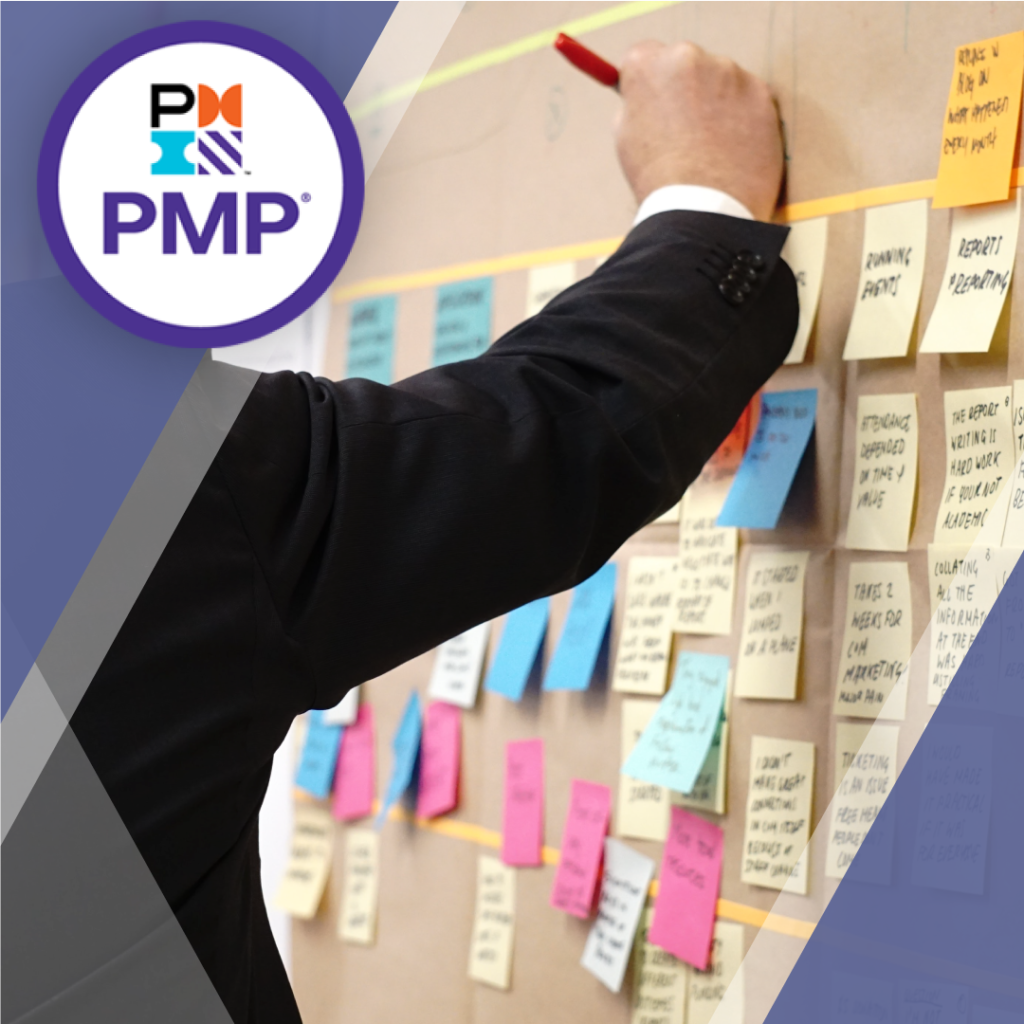In project management, WBS refers to Work Breakdown Structure.
According to the Project Management Institute (PMI)®‘s Project Management Body of Knowledge (PMBOK® Guide), WBS is “a hierarchical decomposition of the total scope of work to be carried out by the project team to accomplish the project objectives and create the required deliverables.”
In other words, an effective WBS allows project managers and team members to easily see the entire scope of a project through either an outline format or visual hierarchy. This scannable representation of a project’s tasks can be used as the basis for defining activities, assigning resources and deriving estimates.
Work Breakdown Structure Terms
Before we dive into the characteristics of and process for creating a WBS, there are two key terms that must be understood.
Work Package: A Work Package refers to a project’s end product deliverable necessary to fulfill the project’s scope.
Activities: Activities refer to all the tasks required to produce a Work Package.
7 Characteristics Of A WBS
Projects typically start with defining the project scope. The WBS, then, is the act of decomposing the project scope into bite sized pieces that can be easily understood and leveraged for planning purposes. Today’s projects tend to be incredibly large and complex so these smaller chunks of work are much easier to manage in terms of assigning work tasks and estimating time and budget requirements.
However, it is important to remember that a WBS is only one aspect of many that can be applied to a project to offer a whittled down project view. Others include a structured bill-of-materials (BOM) or organizational charts. What makes the WBS unique from these other methods lies in these 7 key characteristics.
- It is the foundation upon which the project is built
- It identifies all the work to be performed
- It may be arranged in hierarchical or outline format
- It does not show dependencies
- It defines each deliverable and the decomposition of the deliverables into Work Packages
- A Work Package is the lowest level in a WBS
- Activities are subsequently defined for each Work Package
How To Create A Work Breakdown Structure?
Creating a WBS can be a very simple process and does not require sophisticated planning software as much as it requires brainstorming to effectively uncover all of the necessary element’s of a project.
The steps to developing a WBS are as follows:
- Begin with the project scope
- Work backwards from the scope to identify all of the project’s Work Packages.
- Work backwards from the Work Packages to identify all Activities required to produce the Work Packages.
- Structure in either a hierarchical or outline format.

When developing a WBS, remember the goal is to identify all of the work to be performed. To effectively compile this information consider:
- Leveraging team members to brainstorm the components
- Relying on Subject Matter Experts (SME)
- Researching the various elements and what sub elements may be necessary
- Reviewing existing templates or past project WBS structures

Learn More About WBS In Our PMP Training Class
Complete the form below to schedule a time to speak with an Admissions Advisor about our upcoming PMP classes. Training Available Weekdays, Nights & Weekends!
